Civil War Union Flag
The basic "Stars and Stripes" design of the Civil War Union flag was not altered during the war, but the Union flag did see some other changes during that time.
These changes were due to the addition of states to the Union, which caused the number of stars on the flag to change. Stars were never removed from the Union flag, because the Union did not believe states had a right to secede. Therefore, the Confederate state's departure was not acknowledged on the flag. This, however, didn't stop some citizens from making their own flags with fewer stars.
At the beginning of the war, the Union flag carried 33 stars, like the Fort Sumter flag (above).
However, in early 1861, Kansas joined the Union. This brought the official star total up to 34. Finally, in 1863, West Virginia was added as the 35th state in the Union, bringing the star count up once more. Some unofficial 36 star flags appeared in 1865 to honor the state of Nevada's entrance into the Union, but the 36th star was not officially added to the flag until after the Civil War was over.
While these star changes didn't have much impact on the Civil War Union flag, there is one thing that is kind of interesting to look at from this time period. At this time in history, there was no official directive on how the stars should be arranged on the field of blue, this led to some fairly cool star patterns...
Star Patterns
What not everyone realizes, is that there were a number of different star patterns on the Civil War Union flags. Since there was no "official" star pattern, people designed their flags as they saw fit. An official star pattern for the United States flag was not introduced until Arizona became a state, and the 48 star flag was introduced in 1912. Up until that time, there were a few patterns that would become popular for a time and see wide usage, but each flag design was up to the person who made it.
One of the popular designs during the 1800s was the "Grand Luminary," or "Great Star," design (above). There were a couple of different designs based on the star pattern, one particular design was the "Great Flower" design. This design elongated the points of the star and made them loop outwards like flower petals.
Another design that was frequently used during the 19th century, was the "Round Pattern." These flags were based on the old "Betsy Ross Flag," and the stars were arranged in a circular pattern.
Most of the round pattern flags maintained two solid rings of stars, with possibly a large central star or one star in each corner, but some opted for the "Wagon Wheel" design (left) which used more, loose rings of stars for a slightly different look.
Finally, one of the most unique designs we see from this era is often called the "Snowflake Flag." This design arranged the stars in clusters that seem to represent a snowflake, but no one is entirely sure what the true meaning of the design was. Nevertheless, it is pretty cool to look at.
Union Battle Flag
In addition to the national Civil War Union flag, Union troops also carried regimental battle flags...
Each regiment carried both the "Stars and Stripes," and a Union battle flag of their own design. These battle flags carry some of the most interesting stories from the Civil War. As was the case with Confederate battle flags, there was no single flag design that was used by all the Union regiments.
While many units favored a Federal Eagle on a blue background like the flag at right, there was a wide array of different designs used by the various Union regiments. Some regiments favored flags with symbols depicting the state where they were formed, and others preferred their battle flags to represent the ethnic background of the majority of their fighters (like the famed Irish Brigade), and still others chose flags based very closely on the old "Stars and Stripes" herself.
There can be no doubt that while there may have been many different Civil War Union flags, each one was especially dear to the men who served under it. No soldier could stand to see their battle flag fall or be captured, and each man did all he could to prevent either of those things from happening. According to tradition, on a single charge at the Battle of Antietam, the 69th New York Infantry lost eight flag bearers, killed or wounded. Each time the flag was about to fall, another soldier eagerly stepped forward to take on the dangerous task of carrying the flag forward.
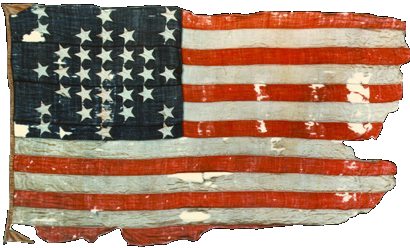
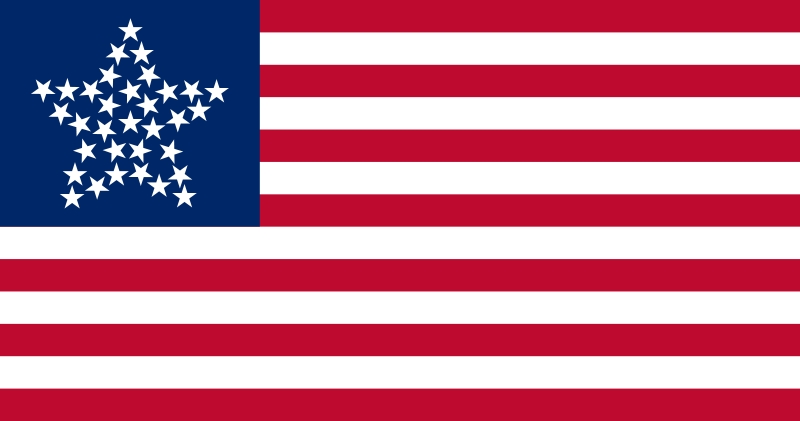
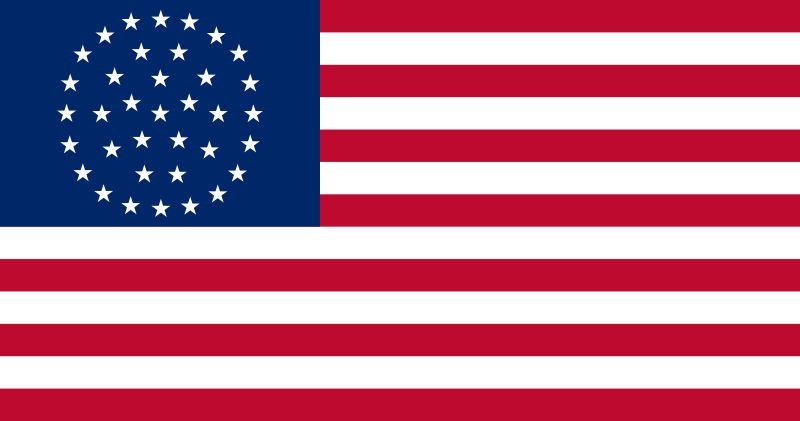
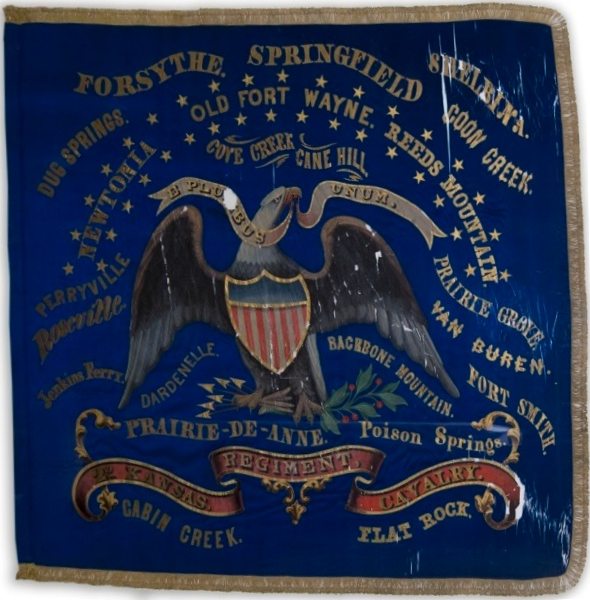
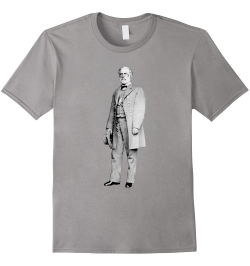
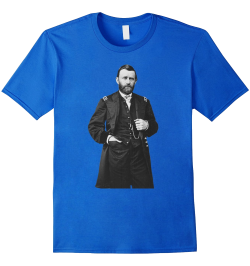


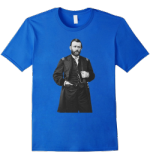
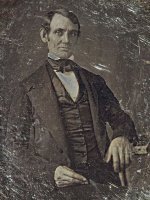
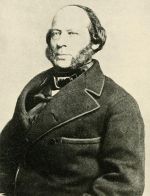
New! Comments
Have your say about what you just read! Leave me a comment in the box below.